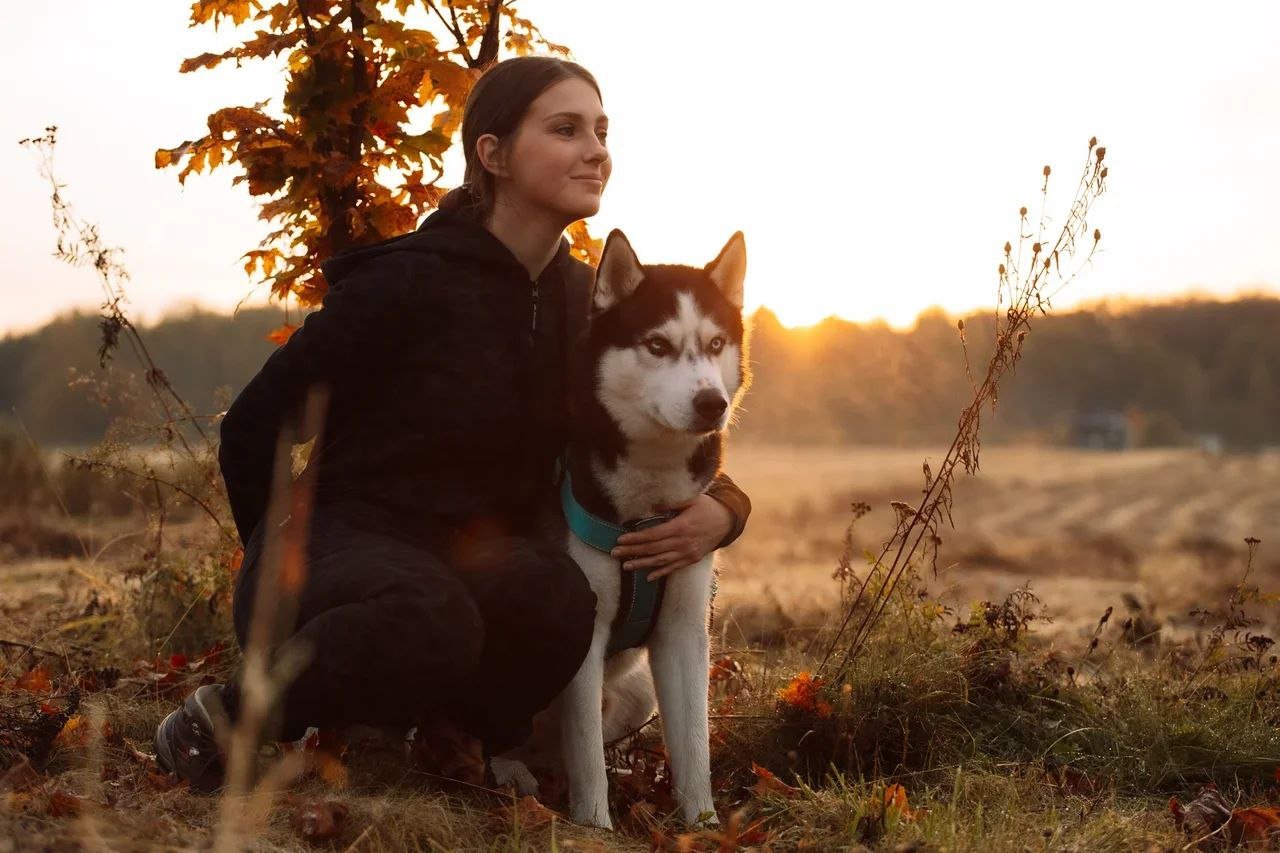Normal vital signs in dogs
Respiratory rate
The normal respiratory rate for dogs is 12-28 breaths per minute. One breath is counted as the rise and fall of the chest (inhalation + exhalation). To measure the respiratory rate, place your hand on the dog’s ribs and count the number of movements within one minute. The test should be conducted when the dog is in a calm state (but not during sleep) and also after any strenuous activity. Puppies and small breed dogs will generally have higher normal values for this indicator compared to older and larger dogs.
Heart rate
The normal heart rate for dogs is 60-120 beats per minute. To measure the pulse, use two fingers to locate the femoral artery, which can be felt on the inner surface of the hind leg. Tests should be conducted both in a calm and excited state.
The pulse can provide an approximate assessment of blood pressure – with high blood pressure, the heart rate is usually faster, and the pulsation is stronger. Similar to respiratory rate, normal pulse values depend on the size and age of the dog. Puppies and small breed dogs tend to have a faster heart rate.
Mucous membrane color
The color of the mucous membranes is assessed by examining the gums, inner side of the lips (if they are black, you can assess the color on the inner side of the eyelid), and normally, they should be pink. If the mucous membranes appear yellow, gray, pale, bluish, or dark red, it is a reason to seek veterinary attention!
Capillary refill time
To measure capillary refill time, press a finger on the gum, release it, and observe how quickly the white spot created by the pressure returns to pink. In normal conditions, this should occur within one second. Slightly longer capillary refill times may be observed in older dogs and giant breeds. Capillary refill time is a crucial parameter. It is particularly important to pay attention to it when there are suspicions of heart problems, injuries, wounds, suspected internal bleeding, or a state of shock – by monitoring the capillary refill time, you can determine if the dog’s condition is deteriorating.
Body temperature
The normal body temperature for dogs is 37.5 – 39.5 degrees Celsius. The body temperature of puppies and small breed dogs is generally slightly higher than that of older and larger dogs.
Measurements are taken rectally using a digital thermometer. The depth of insertion is 1-2 cm. It is recommended to lubricate the thermometer tip with petroleum jelly beforehand and disinfect it with an alcohol wipe or chlorhexidine solution after the procedure.
During times of stress, a dog’s body temperature may rise, so it is important to try to calm the dog down. Temperature is often measured with dogs in a standing position, but some pets may be more comfortable undergoing the procedure while lying on their side.
Dehydration test
Gently lift the skin at the scruff of the neck and release it – in normal conditions, the skin should immediately return to its normal position.
The integrity of the skin
It is important to carefully examine the dog and thoroughly check the integrity and condition of the skin in case of suspicion of wounds, cuts, bites, bruises, and other injuries.
Pain syndrome tests
If there is suspicion of pain syndrome (e.g., due to injuries, falls, or bruises):
- Palpate the abdomen – apply 3-5 gentle pressures with your fingers from the rib area to the groin region and assess the dog’s reaction.
- Evaluate the dog’s reaction to changes in limb positions (gently flex and extend the hip, knee, hock joints, and paw).
- Pay attention to any changes in the dog’s gait and movements.
What is important to remember
- Normal vital signs can vary among dogs of different ages and breeds. It is best to take measurements in a calm state, after sleep, and after physical activity – in order to know the values that are normal specifically for your dog.
- With age, the main indicators can change, so it is recommended to measure them annually.






